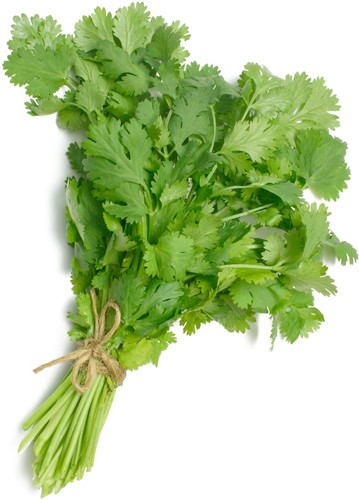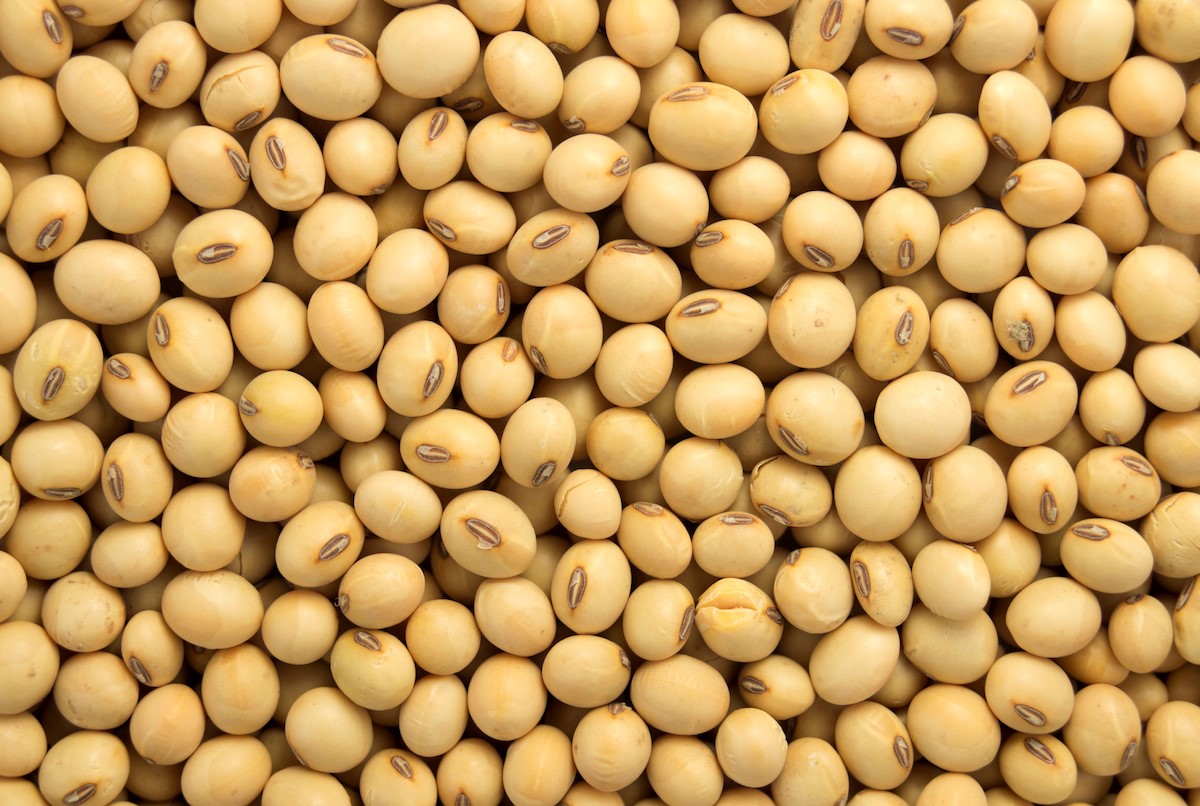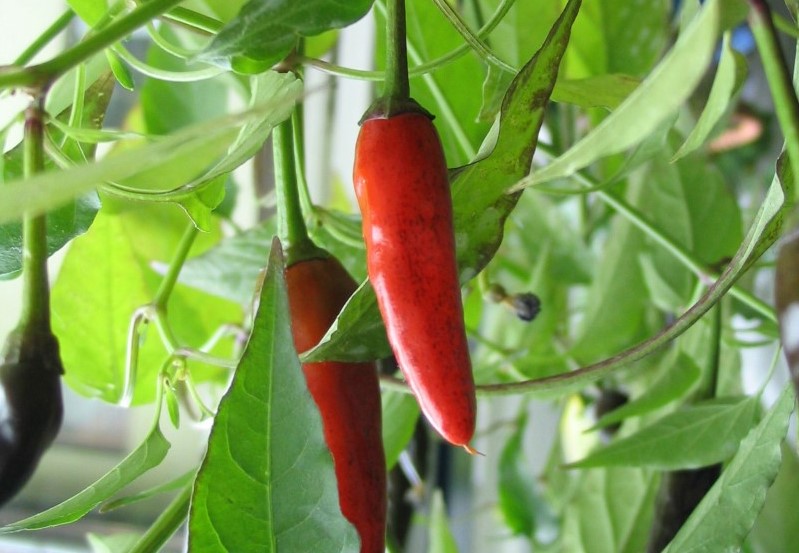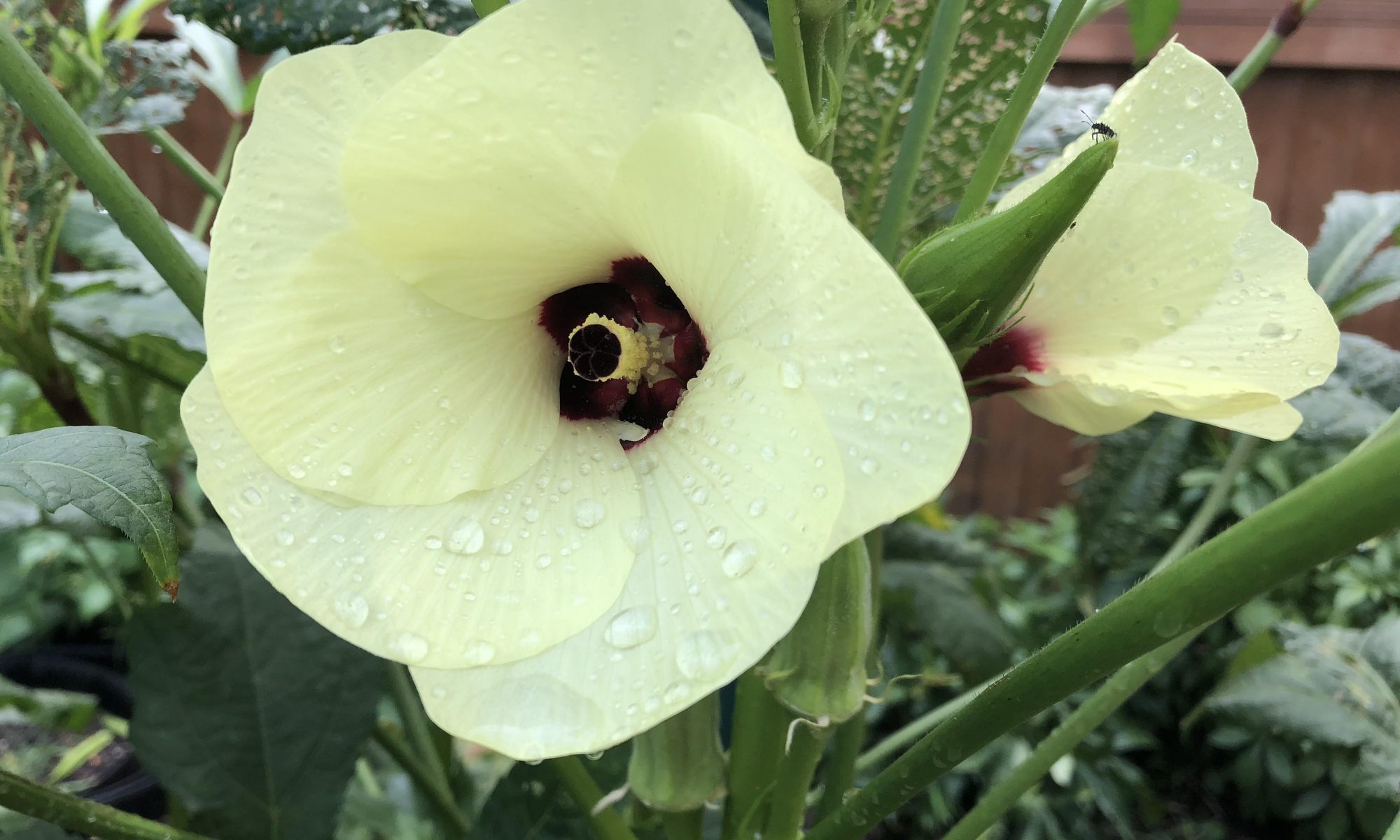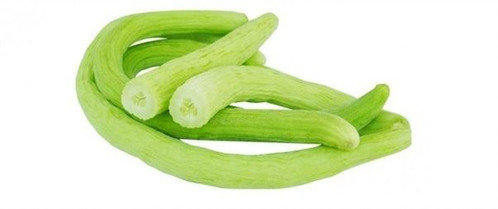- Coriander is an important crop of spices, all parts like stem, leaf, and seed are used.
- If crop management is not proper, the problem of yellowing in the crop results in less production and the quality of the green leaves is affected.
- For its management, Apply Nitrogen Fixation Bacteria and Phosphorus Solubilizing Bacteria with Basal Dosage mixed up well in the field at the rate of 2 kg/acre.
- There are many reasons for yellowing of leaves like Nitrogen deficiency, Disease infestation, and Pest Infestation.
- Apply Thiophanate methyl 70% WP @ 250-300 gm/acre and chlorpyrifos 20% EC @ 500 ml/acre with irrigation.
- After this drenching apply 19:19:19 @ 500 gm/acre.
Like and share with other farmers by clicking on the button below
Share
